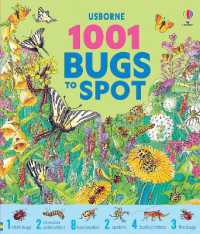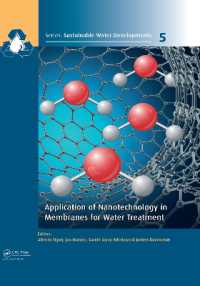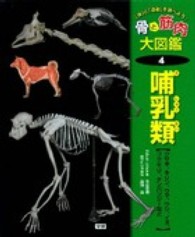- ホーム
- > 洋書
- > 英文書
- > Science / Mathematics
基本説明
Uncovers the highly intricate antagonistic as well as mutualistic interactions that have evolved between plants and insects.
Full Description
Half of all insect species are dependent on living plant tissues, consuming about 10 per cent of plant annual production in natural habitats and an even greater percentage in agricultural systems, despite sophisticated control measures. Plants possess defences that are effective against almost all herbivorous insect species. Host-plant specialization, observed in over 80 percent of these animals, appears to be an effective adaptation to breach these defence systems. The mechanisms underlying plant defence to invading herbivores on the one side, and insect adaptations to utilize plants for nutrition, defence and shelter on the other, are the main subjects of this book. For plants exposed to insect herbivores, these mechanisms include the activation of defence systems and the emission of chemical signals which may attract natural enemies of the invading herbivores and may even be exploited by neighbouring plants to induce an early defence.
Contents
1. Introduction ; 2. Herbivorous insects: something for everyone ; 3. Plant structure: the solidity of anti-herbivore protection ; 4. Plant chemistry: endless variety ; 5. Plants as insect food: not the ideal ; 6. Host-plant selection: how to find a host plant ; 7. Host-plant selection: when to accept a plant ; 8. Host-plant selection: variation is the rule ; 9. The endocrine system of herbivores listens to host-plant signals ; 10. Ecology: living apart together ; 11. Evolution: insects and plants forever in combat ; 12. Insects and flowers: mutualism par excellence ; 13. Insects and plants: how to apply our knowledge ; Appendix A: Further reading ; Appendix B: Structural formulae ; Appendix C: Methodology ; Taxonomic index ; Author index ; Subject index








